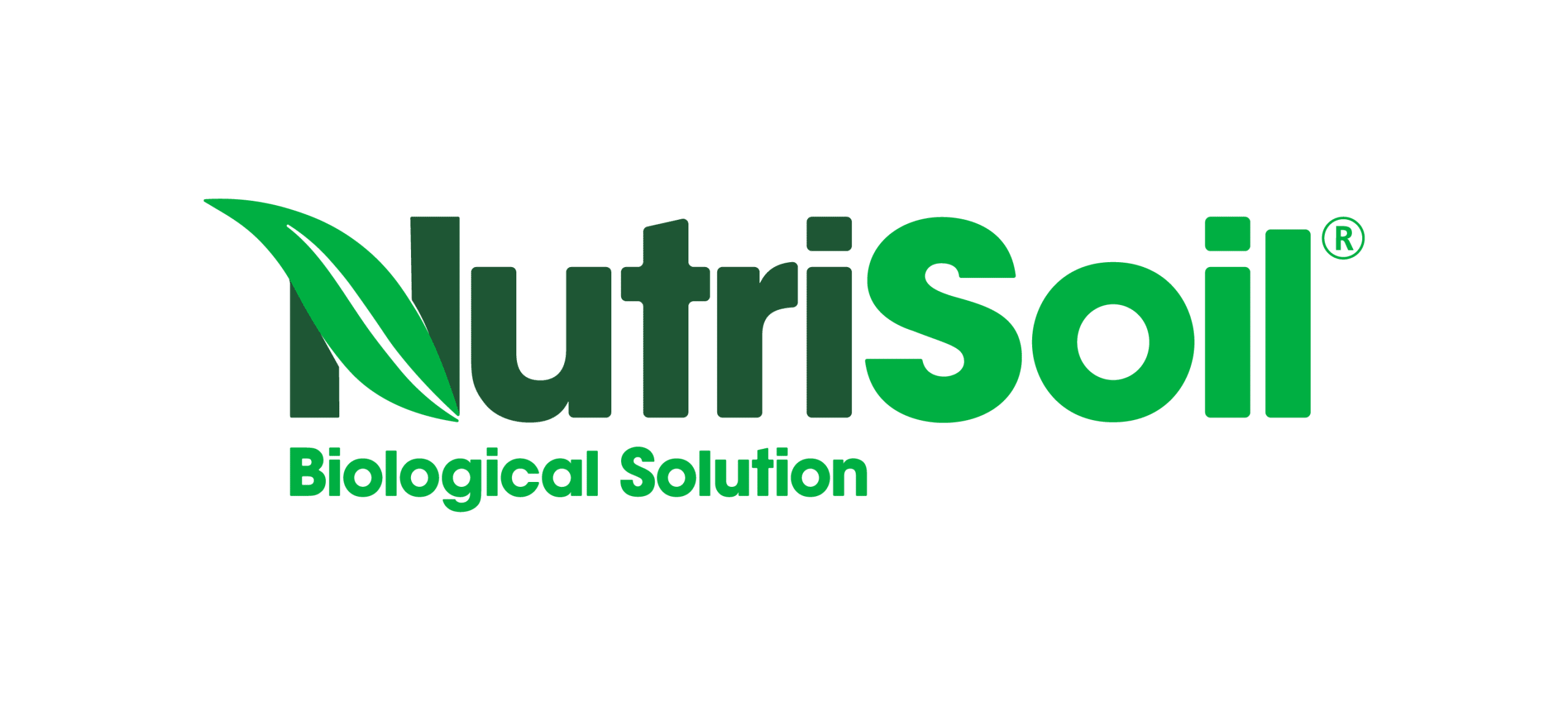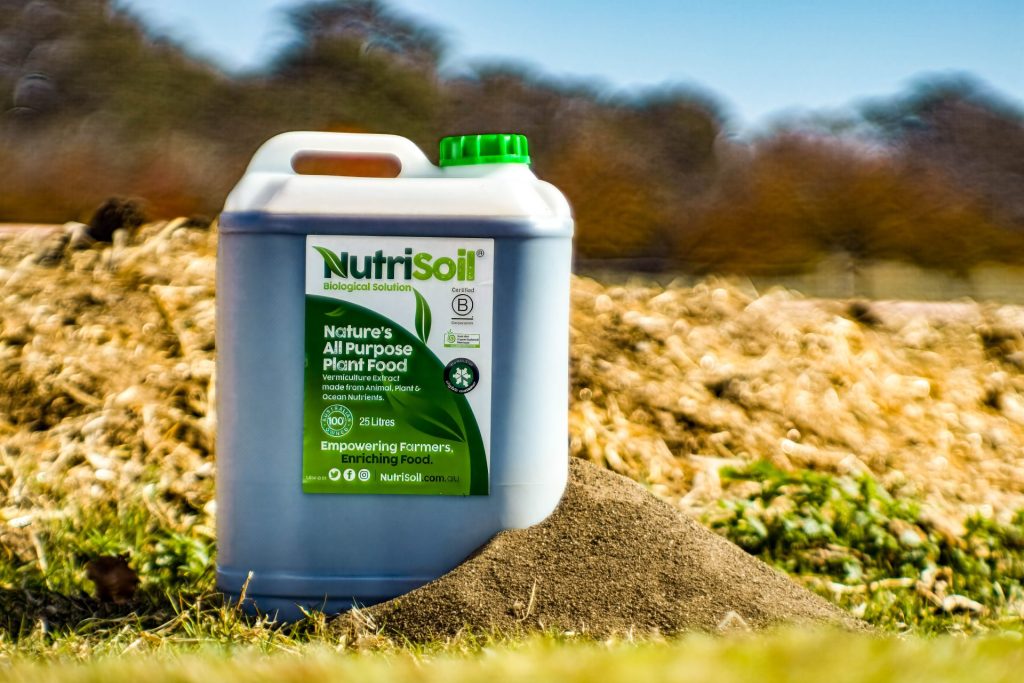An Ecological Powerhouse - Worm Liquid & Worm Castings Combined with Essential Nutrients
In the realm of sustainable agriculture, maximising seed growth while minimising environmental impact is paramount. Worm Liquid and Worm Castings offer unique benefits when used to inoculate seeds and soil at sowing time. In this blog, we will delve into the science behind these practices and explore how they contribute to healthier crops and more resilient ecosystems.
Understanding Worm Liquid and Castings: A Foundation for Application
Before delving into their application, it is imperative to understand the intrinsic value and unique attributes of NutriSoil Worm Liquid and Castings. Worm liquid, also known as Vermiwash, is the nutrient-rich liquid that is collected from worms and worm castings. NutriSoil’s unique Vermicompost Recycling System utilises mist irrigation on top of the worm beds. These beds are nourished with a diverse diet of food, which the worms consume. The worm liquid collected is then mist recycled back over the beds numerous times enriching it with an array of microbes, amino acids, humic and fulvic substances, plant available nutrients and metabolites.
On the other hand, Worm Castings are the solid manure of the NutriSoil Vermicompost Recycling System, packed with essential minerals, humic acids, and beneficial microbes that improve soil structure and fertility. Vermicompost holds a distinct advantage over conventionally produced compost. It can take up to 18 months for worm beds to establish viable Vermicompost, and owing to its exclusive manufacture by worms, the humic fraction exhibits exceptional complexity, while nutrients and microbial biomass maintain an optimal balance.
NutriSoil Guaranteed Quality Control Measures
It’s crucial to emphasise the importance of stringent quality control measures in the commecial production of worm liquid and castings. Worm liquid collected from stagnant areas, termed as worm leachate, possesses a green hue and harbors toxicity. Hence, ensuring a continuous flow of worm liquid is imperative for upholding quality standards. Similarly, Worm Castings that are not yet fully matured or adequately composted by worms may pose toxicity risks. NutriSoil prides itself on a robust quality control system, developed in consultation with independent experts such as Microbe Labs Australia and Soil Land Food, to guarantee the delivery of premium-grade products to farmers.
Microbial Dynamics: Unveiling the Diversity
The differences in microbial composition between NutriSoil Worm Liquid and Castings is striking. Independent trials reveal that while Vermiwash exhibits a higher bacterial presence, it increases Mycorrhizal Fungi by up to 2.5 times when applied to the seed. Its liquid form facilitates seamless application to seeds, with direct foliar application enhancing the efficiency of microbe, amino acid and essential nutrient delivery to plants. Conversely, Vermicast boasts a richer fungal profile, proving highly effective when applied near seeds, to soil, or at the base of plants. Each product complements the other, capitalising on their different microbial compositions to foster symbiotic interactions within the soil ecosystem.
Difference in Microbial Roles and Composition between NutriSoil Vermicompost and NutriSoil Worm Liquid.
*DNA Testing carried out by Microbe Labs Australia and Metagen.
|
NutriSoil Worm Liquid
|
NutriSoil Worm Castings |
|
Fungi 9 Species 3 identifiable 6 unidentifiable |
Fungi 220 Species |
|
Bacteria and Archaea 910 species Archaea are important for resilience. They are not fungi or bacteria. They can live in harsh conditions such as extreme temperatures, salinity etc. |
Bacteria and Archaea 710 Species |
|
Bacteria Diversity
|
Bacteria Diversity |
|
40% Unidentifiable
14.4% Pseudomonas spp. -Antibiotics -Plant growth promoting rhizobacteria -Multiple metabolites/hormones -P Solubalisation -Assists plant with salinity |
48% Unknown Species from two main Phyla: – Actinobacteria – Chloroflexi |
|
11.2% Comamonadaceae -transfers sulphur to the plant -expresses plant hormones |
3.01% Candidatus Nitrososphaera Archaea – converts ammonia into plant available forms |
|
10.8% Hydrogenophaga -Breaks down contaminants |
2.246% Caldilinea sp Thermophilic and can grow either aerobically, anaerobically. |
|
8.45% Sphingobacteriales -Inhibits plant pathogenic soil borne fungal pathogens and can promote plant growth. |
1.745% Streptomyces sp – Produces several antibiotics |
|
4.2% Caulobacteraceae -Produces hormones -Assist plants with salinity, and heavy metals -Solubalises p from poorly soluble sources -Produces plant growth |
2.134% Bacillus sp – Produces endospores for survival in the soil for extended periods after inoculation -Antibiotics and compounds that inhibit plant growth pathogens -Plant growth-promoting hormones -P-solubilising – Aids in promoting plant growth under adverse conditions
|
|
2.2% Aquabacterium -Metbolises nitrates -Solubalises p |
1.053% Phycicoccus sp -Nitrification, playing a crucial role in the nitrogen cycle |
|
2.45% Flavobacteium – Plant growth promoting -Solubalises phosphate -Nitrogen source -Produces hormones -Helps plants grow under adverse conditions. |
1.005% Rhodoplanes sp -Nitrogen metabolism, methane metabolism, and sulphur metabolism |
|
1.57% Methyloversatilis -Nitrogen fixing and breaks down carbon. |
|
|
1.53% Bosea sp –A rhizobium that fixes nitrogen -Assist plants to tolerate pollutants -Produce antibiotics |
|
|
2.69% Rhizoviales – Fixes N symbiosis with legumes -Produces plant hormones -Solubalises P |
|
|
1.41% Phenylobacteium sp – N fixing -Endophylic (can live in the plant) |
|
| 1.21% Mycobacterium arupense | |
|
1.15% Rhodobacter sp -Produces gibberellic acid -Plant promoting hormones -Helps plant deal with salinity and adverse conditions. |
|
|
1.12% Methylosinus sp -Breaks down methane |
|
| Fungal Diversity |
Fungal Diversity
|
|
Under 1% Ascomycota being the largest class – Ascomycota are normally the most abundant fungal group reported in vermicompost. Species unknown. Fungal abundance in liquid is lower than solid castings. |
11.9% Family Chaetomiaceae -Produces enzymes to make biochemical reactions happen such as break down organic matter and nutrient mineralisation |
|
7.9% – Petriella_musispora – -Breaks down organic matter |
|
|
6.5 % – Thermomyces lanuginosus – Produces enzymes -Increases plant tolerance to heat. |
|
|
4.9% Aspergillus_fumigatus – Degrades organic matter |
|
|
8% Penicillium sp – Breaks down organic matter |
|
|
2.27 % Retroconis fusiformis -Saprophytic – decomposes organic matter |
Enhancing Microbial Biomass and Nutrient Delivery: A Synergistic Approach
Combining nutrients, NutriSoil Worm Castings, and NutriSoil Worm Liquid yields a synergistic enhancement in microbial biomass and nutrient provision. While worm castings inherently harbor a higher microbial biomass due to their solid nature, the liquid retains a significant microbial load and is highly effective in getting amino acids directly into the plant along with microbes and nutrients. A concoction of Worm Castings, Worm Liquid, and Nutrients culminates in amplified microbial biomass and nutrient content in a liquid, accentuating its efficacy in promoting plant growth, immunity and soil health.
What Happens When You Mix Nutrients, NutriSoil Worm Castings and Liquid Together?
Plate culture testing from Microbial Labs Australia results below.
Worm Castings Solid
- 2,100,000,000 Bacteria CFU’s (Colony Forming Units) per ml.
- 300,000 Fungi CFUs (Colony Forming Units) per ml.
5L of Nutrisoil liquid, 10L of a Phosphorus Bio-Fert Mix (Recipe care of Soil Land Food) and a Worm Cast Extract 70L (Made with 70kg of Worm Castings per 1000L of water) resulted in:
- 410,000,000 Bacteria CFU’s (Colony Forming Units) per ml.
- 150 Fungi CFU’s (Colony Forming Units) per ml.
The Practical Application at Sowing:
- Coat seeds with 5L per tonne of Worm Liquid
- Direct inject 5L Worm Liquid per Ha in furrow at sowing
- Apply 3mm screened Worm Castings through the seeder at 160 to 200kg per Ha (In trail phase with different seeding operations).
- Or spread 10mm or 5mm Worm Castings at 300kg per ha with a belt spreader prior to sowing
- Add nutrients to any of these mixes and apply immediately.
The Practical Application at Foliar Feeding:
- Apply Worm Liquid at 5L per Ha.
- Make an extract with a ratio of 70kg of Worm Castings:1000L of Water. Add 70L of extract to 5L of Worm Liquid
- Add nutrients to any of these mixes and apply immediately.
The Benefits:
- Improved Root Development: The beneficial microbes present in worm liquid and castings facilitate root growth, enabling plants to access nutrients and water more efficiently.
- Disease Resistance: The diverse microbial community in vermicompost and worm liquid boosts the plant’s immune system, helping it resist diseases and pathogens.
- Soil Health: Incorporating worm castings enriches the soil with organic matter, improving its structure, water retention, and microbial activity.
- Environmental Sustainability: Using worm liquid and vermicompost, farmers reduce their synthetic fertiliser rates and pesticides, promoting a more sustainable agricultural ecosystem and cleaner waterways.
In Conclusion:
Using the power of Worm Liquid and Castings represents a paradigm shift in sustainable agriculture, where innovation meets ecological stewardship. By embracing these natural solutions, farmers embark on a journey towards cultivating healthier crops, revitalising soil vitality, and championing environmental sustainability for generations to comes




